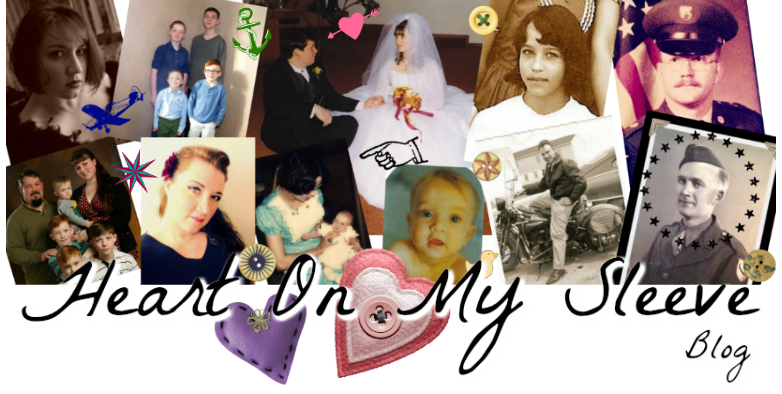 |
| click here for Tory's Kitchen |
Hamantaschen Recipe
Ingredients
- 3/4 cup unsalted butter, room temperature
- 2/3 cup sugar
- 1 egg, room temperature
- 1 tsp vanilla
- 1 tsp grated orange zest
- 2 1/4 cups flour
- 1/4 tsp salt
- 1-5 tsp water (if needed)

You will also need
- Large mixing bowl, electric mixer, sifter, pastry scraper, rolling pin, 3-inch cookie cutter or drinking glass with 3-inch diameter rim
Servings: About 35 hamantaschen
Do not use more than a teaspoon of filling, or you run the risk of your hamantaschen opening and filling spilling out during baking. Cover unused circles with a lightly damp towel to prevent them from drying out while you are filling.
Assemble the hamantaschen in three steps. First, grasp the left side of the circle and fold it towards the center to make a flap that covers the left third of the circle.
Grasp the right side of the circle and fold it towards the center, overlapping the upper part of the left side flap to create a triangular tip at the top of the circle. A small triangle of filling should still be visible in the center.
Grasp the bottom part of the circle and fold it upward to create a third flap and complete the triangle. When you fold this flap up, be sure to tuck the left side of this new flap underneath the left side of the triangle, while letting the right side of this new flap overlap the right side
of the triangle. This way, each side of your triangle has a corner that folds over and a corner that folds under-- it creates a "pinwheel" effect. This method if folding is not only pretty-- it will help to keep the cookies from opening while they bake.
Pinch each corner of the triangle gently but firmly to secure the shape. If any cracks have formed at the places where the dough is creased, use the warmth of your fingers to smooth them out.
Repeat this process for the remaining circles.
When all of your hamantaschen have been filled, place them on a lightly greased baking sheet, evenly spaced.
Kosher Key: Dairy
Instructions
- Slice room temperature butter into small chunks and place in a large mixing bowl.
- Add sugar to the bowl. Use an electric mixer to cream the butter and sugar together for a few minutes till light and fluffy.
- Add the egg, vanilla, and orange zest to the bowl. Beat again till creamy and well mixed.
- Sift flour and salt into the bowl.
- Mix with the electric mixer on low speed till a crumbly dough forms.
- Begin to knead dough with hands till a smooth dough ball forms. Try not to overwork the dough, only knead till the dough is the right consistency. If the crumbles are too dry to form a smooth dough, add water slowly, 1 teaspoon at a time, using your hands to knead the liquid into the dough. Knead and add liquid until the dough is smooth and slightly tacky to the touch (not sticky), with a consistency that is right for rolling out. It can easily go from the right consistency to too wet/sticky, so add water very slowly. If the dough seems too wet, knead in a little flour till it reaches the right texture.
- Form the dough into a flat disk and wrap in plastic wrap. Place in the refrigerator to chill for 3 hours to overnight.
- Before you begin to assemble the hamantaschen, choose and make your filling and have it on hand to work with. Preheat oven to 350 degrees F. Lightly flour a smooth, clean surface. Unwrap the dough disk and place it on the floured surface. The dough will be very firm after chilling.
- Use a rolling pin to roll the dough out to 1/4 inch thick. At the beginning, it will be tough to roll out-- you may need to pound it a bit. A heavy rolling pin works best. As you roll, cracks may form on the edges of the dough. Repair any large cracks with your fingers and continue rolling.
- When the dough reaches 1/4 inch thickness, scrape the dough up with a pastry scraper, lightly reflour the surface, and flip the dough over. Continue rolling the dough out very thin (less than 1/8 of an inch thick). The thinner you roll the dough, the more delicate and crisp the cookies will turn out-- just make sure that the dough is still thick enough to hold the filling and its shape! If you prefer a thicker, more doughy texture to your cookies (less delicate), keep the dough closer to 1/4 inch thick. Lightly flour the rolling pin occasionally to prevent sticking.
- Use a 3-inch cookie cutter (not smaller) or the 3-inch rim of a glass to cut circles out of the dough, cutting as many as you can from the dough.
- Gather the scraps and roll them out again. Cut circles. Repeat process again if needed until you've cut as many circles as you can from the dough. You should end up with around 35 circles (unless you've kept your dough on the thicker side, which will result in less cookies).
- Place a teaspoon of filling (whichever filling you choose) into the center of each circle.












